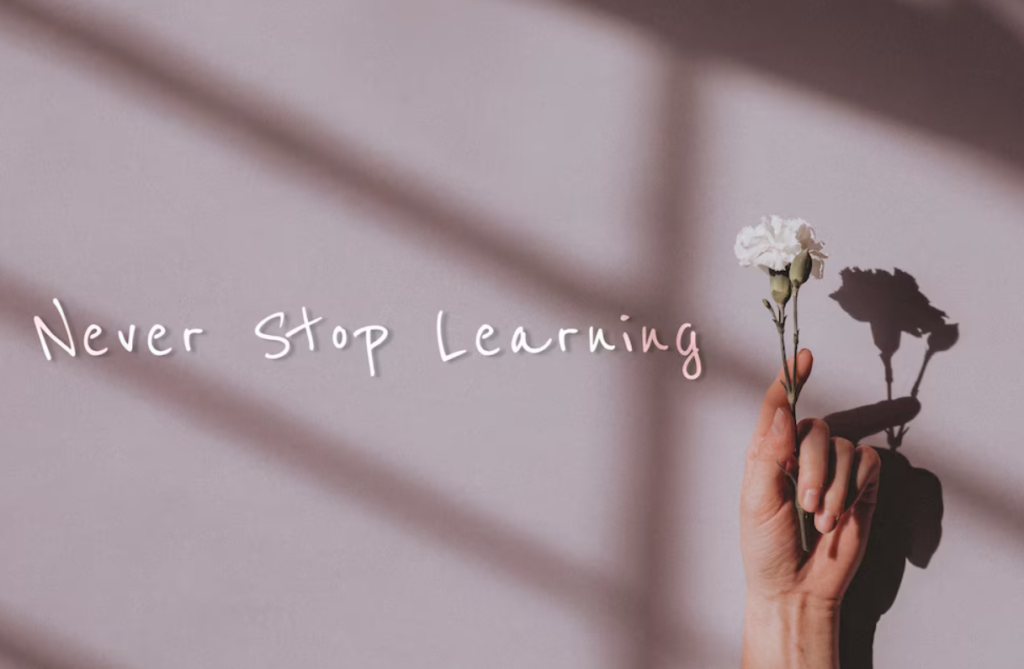The story of a painter finding light through art is one of using creativity as a means to overcome personal struggles, process emotions, and ultimately rediscover joy and purpose. Through the act of painting, the artist moves from a place of darkness to a renewed sense of hope and self-expression. Here’s a look at this journey of revival:
1. The Shadows Within: Struggling with Inner Darkness
- For many painters, the relationship with art begins early, as a way to capture beauty or escape into their own world. But as life brings challenges, painting evolves into something more—an outlet for the complex emotions they can’t easily put into words.
- Struggles like depression, anxiety, grief, or trauma can weigh heavily on the painter’s spirit. These feelings may stem from loss, painful relationships, or a crisis of identity that leaves them feeling disconnected from themselves and others.
- During these times, the painter often feels as though the world has lost its color. They might struggle to find inspiration or feel a sense of emptiness, as if the creative spark that once drove them has faded.
2. Losing Touch with the Canvas: Creative Block and Isolation
- As the darkness deepens, the painter may find themselves unable to pick up a brush. The canvas that once felt like a friend now seems to taunt them with its blankness. Creative block sets in, making it difficult to express the swirling emotions within.
- This period of inactivity can lead to feelings of worthlessness, as the painter wonders if they’ll ever be able to create again. Painting, which used to bring a sense of joy and release, now feels like a reminder of what they’ve lost.
- The isolation becomes more profound, as they withdraw from friends, family, and the art community, feeling as though no one truly understands what they’re going through. Art becomes a painful reminder of a self they fear is slipping away.
3. The Turning Point: Finding the Will to Create Again
- For some, the turning point comes from hitting a low point, where the emptiness of not creating becomes too heavy to bear. For others, it might be the encouragement of a loved one or a memory of the passion they once had that reignites a small spark of hope.
- In a moment of desperation or tentative hope, the painter picks up a brush again. The first strokes are often hesitant, filled with uncertainty. But as the paint starts to flow, even if just a little, something shifts inside them.
- This act of returning to the canvas, even imperfectly, marks the beginning of a slow but profound transformation. It’s a step toward rediscovering the therapeutic power of art and remembering that the canvas is a place where they can be raw, vulnerable, and completely themselves.
4. Painting Through Pain: Art as a Healing Process
- As the painter reconnects with their work, the act of painting becomes a form of therapy. Each brushstroke is a way of releasing pent-up emotions, of processing memories and feelings that have been buried deep within.
- They may find themselves painting late into the night, allowing the darkness and solitude to guide their creativity. The subjects of their paintings shift—they might become more abstract, more emotionally charged, capturing the inner turmoil they’ve faced.
- Through this process, the canvas transforms into a safe space, a place where they can confront their struggles without fear of judgment. The colors, textures, and forms on the canvas become a way of communicating with themselves, giving voice to the things that words cannot express.
5. Finding Light in the Colors: A New Perspective Emerges
- Over time, the painter notices that their palette begins to change. Where once there were muted tones and dark shades, new colors start to appear—vibrant reds, hopeful yellows, serene blues. These shifts reflect a gradual change in their perspective, a sense that there is light to be found even in the midst of darkness.
- Their work evolves, capturing themes of resilience, hope, and the beauty that can emerge from pain. The creative process is still challenging, but it becomes a way to navigate through their emotions rather than being overwhelmed by them.
- Each new piece feels like a small victory, a testament to their ability to create beauty even when life feels difficult. They realize that while the darkness is still a part of them, it no longer has to define their entire world.
6. Sharing the Journey: Connecting with Others Through Art
- As their confidence grows, the painter begins to share their work with others—through exhibitions, social media, or community art events. This can be a vulnerable experience, as it means revealing the personal struggles that shaped their art.
- Yet, in sharing their story through their paintings, the artist discovers a sense of connection. Viewers see the depth and emotion in the work, and many find themselves moved, relating to the pain and hope that the art conveys.
- These connections bring a new sense of purpose. The painter realizes that their story, captured on canvas, has the power to comfort others who are struggling. It becomes a reminder that art can be a bridge, connecting people through shared experiences and emotions.
7. A New Beginning: Embracing Growth and Renewal
- As the painter continues to create, they feel a sense of renewal, as if they are rediscovering themselves through each brushstroke. The act of painting, which once felt like a struggle, now feels like a path to self-discovery.
- They explore new styles and techniques, pushing the boundaries of their creativity and challenging themselves to express more. This newfound freedom in their work reflects the freedom they feel in their own life—freedom from the grip of despair, and the ability to see beauty in the world again.
- The canvas becomes a symbol of their journey, each painting a marker of where they have been and where they are going. They come to embrace both the light and the shadows, understanding that both have played a role in shaping their artistic voice.
8. Leaving a Legacy: Art as a Testament to Resilience
- The painter’s journey from darkness to light is immortalized in their body of work. Their paintings become a legacy—a visual story of transformation, healing, and the strength to keep moving forward.
- These pieces serve as a source of inspiration for others, especially those who may be going through their own battles with mental health or difficult life experiences. Through their art, the painter offers a message of hope: that even in the darkest times, there is a way to create light.
- The act of turning their pain into something beautiful allows them to reclaim their narrative. They are no longer just the person who struggled; they are an artist, a creator, someone who found a way to make their inner world visible and share it with others.
9. Living in the Light: Embracing the Future with Gratitude
- The painter’s revival doesn’t mean that the darkness is entirely gone, but they have learned how to navigate it. Art has given them a way to cope, a way to express, and a way to find meaning.
- They look back on their journey with a sense of gratitude—for the strength they found, for the people who supported them, and for the way art allowed them to rediscover a sense of purpose and joy.
- Moving forward, they embrace their role not only as an artist but as a testament to the power of creativity. They continue to paint, knowing that their work will always carry a piece of their heart, a reminder that they have turned their struggles into a source of light.
This story captures the transformative power of art, showing how creativity can serve as a lifeline through dark times. It is a journey of self-discovery, resilience, and the ability to find beauty even in the midst of pain. For the painter, art is not just a way to survive—it is a way to thrive, offering a path to a future filled with hope and color.





